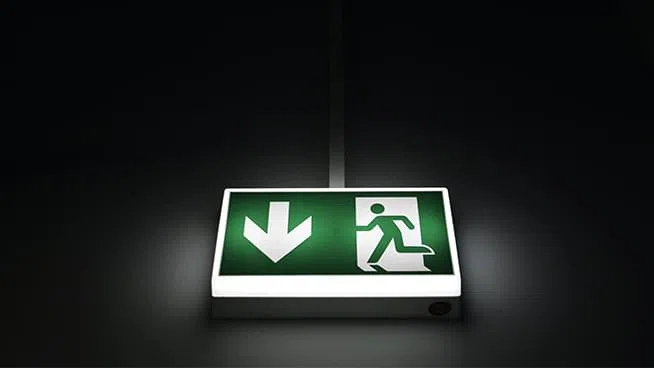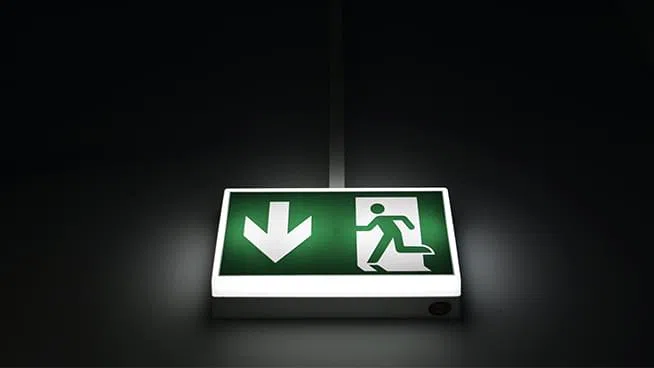With 367 known fires burning statewide and 23 of them considered “major” fires it is extremely important to stay safe and ready to evacuate.
We want to make sure you are as prepared as you can be, so ready.gov has provided a list of helpful items to gather before you leave your house.
1. Medical supplies – It sounds obvious, but it’s worth repeating. Pack first aid supplies, ample quantities of any prescription medication you, your family or your pets may require, and useful over-the-counter medicines like pain relievers, anti-diarrhea medication, antacids, or laxatives. Glasses and contact lens solution are also critical for those who need them, as well as menstrual supplies, infant formula, and diapers as needed. Consider bringing moist towelettes, garbage bags, and plastic ties for personal sanitation.
2. Papers – Important family documents such as copies of insurance policies, identification, birth certificates, and passports should be sealed in a waterproof, portable container. Records that can be preserved electronically, like bank statements, should be saved.
3. Water – a lot of water! – and food. Again, it seems obvious, but ideally, you should evacuate with 3 gallons of water per person on hand. One gallon a day will give you enough for sanitation and hydration. Also bring a 3-day food supply, keeping dietary restrictions in mind. Keep in mind, you may be stuck in traffic for hours. If you have pets or livestock, think of their water needs as well.
4. Electronics – like phones and file storage devices, as well as chargers and auxiliary batteries. Have you backed up computers, cameras, and other media to a portable hard drive that you can grab? A battery-powered or hand-crank radio is also a must, in case cell service fails. Just in case all communications fail, leave a note behind explaining where you’ve gone to.
5. Miscellaneous items – In the event of a fire, you will need a flashlight and batteries, a mask with a filter, a map marked with two evacuation routes, an extra set of keys, and a small amount of pet food. You should also consider taking a whistle (to signal for help), a wrench or pliers (to turn off utilities), sleeping bags, chlorine bleach and a medicine dropper (to disinfect water), matches (in a waterproof container), books, games and any personal effects.
If you think you’ll need to evacuate, prepare! Make sure your car has a full tank of gas, and park facing towards the street. Make sure clothes are sturdy enough to protect against and flying embers. Wear long pants, a long-sleeved shirt, heavy shoes or boots, a hat or dry bandanna, and eye goggles or glasses. (100% cotton is preferable, according to CalFire.) Leave your garden hose connected and place buckets full of water around the house. Close the windows and keep the A/C off. Move propane BBQ appliances away from structures. Prepare animals and livestock to move. Most importantly, stay aware!
Check Ready.gov and CalFire’s fire-preparedness websites. We hope you stay safe and healthy!









